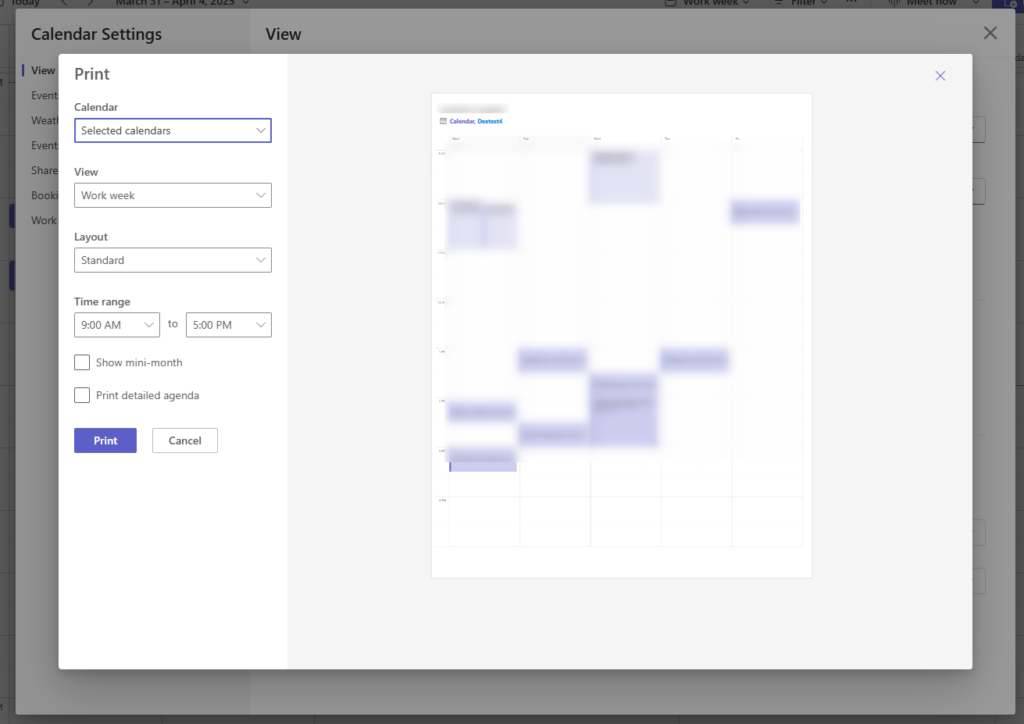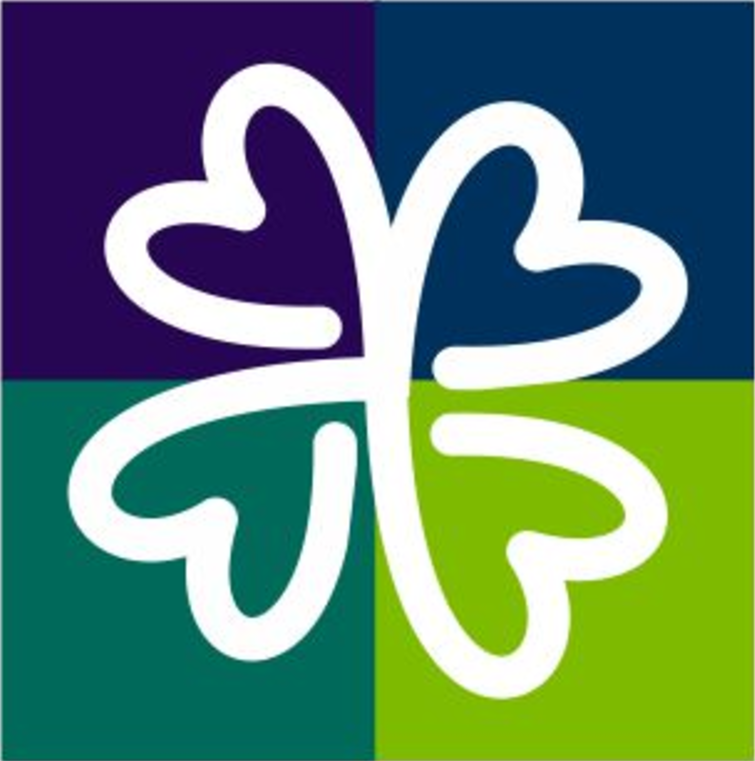New Calendar in Microsoft Teams
Microsoft has evolved the calendar in Teams to add new features as well as better integration with the Outlook calendar that helps to simplify and streamline your daily work.
What has changed
Calendar Views
In the legacy calendar, you could only select the day, work week, week, or agenda

In the new calendar view, you have many new options:
Day – View of your meetings only for a particular day
Work Week – Designated by the days you have scheduled to work. Most common is M-F
Week – Includes Saturday and Sunday
Month – Shows the entire month that you are in
Split View – Allows you to see multiple calendars available to you in a side-by-side view
Time Scale – Allows you to see the calendar in time limits. The more time you decide to see such as an hour will shrink the amount of details that cans be presented to you. The most common is the 30 minute timeframe which allows you to see the title and in longer meetings, the location of the meeting.

The addition of filters
You can now filter based on the types of meetings that you have such as:
Appointments – Meetings that you are both an organizer of as well as if you are an attendee of
Categories based on the color coding of a meeting
Show as – whether you have chosen for your calendar to show free, busy, out-of-the-office, etc.
Recurrence – if your meeting a single meeting or does it repeat
In-Person – Is your meeting available for remote joiners or should you attend in-person

New Events
We have been able to create new types of events, but the split control allows us to make it even easier to create different types of meetings.

More options
The more options (…) allows for additional configuration options including your overall calendar settings. This is where you can:
– adjust your work week
– share your calendar with others
– calendar settings
– print your calendar


The new capabilities allow for precise views of how you want to want to see your calendar. It provides the additional flexibility not only view and work with your events, but the new integrations with Microsoft Places to allow colleagues to better understand return-to-office initiatives and collaborate in new ways.
